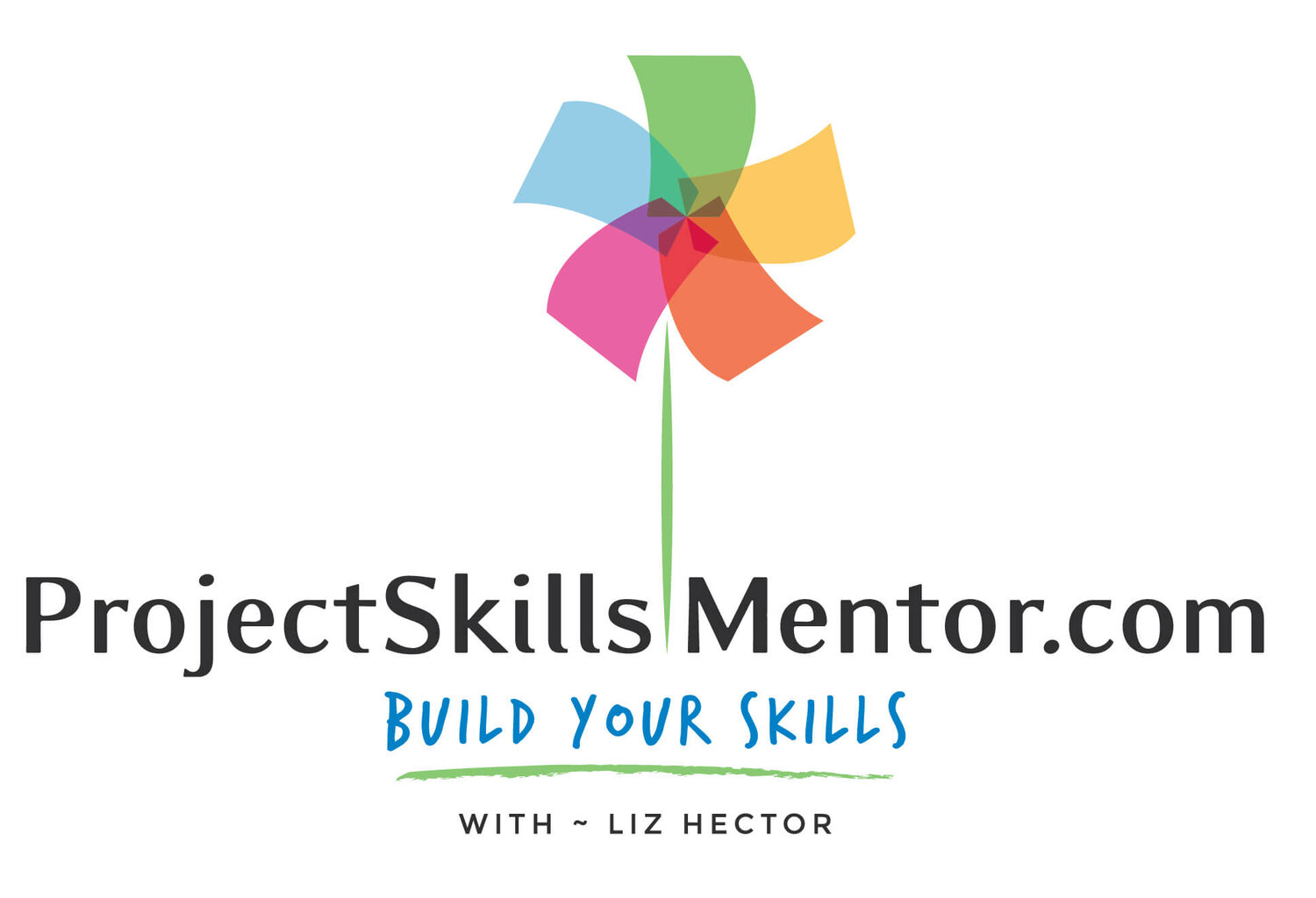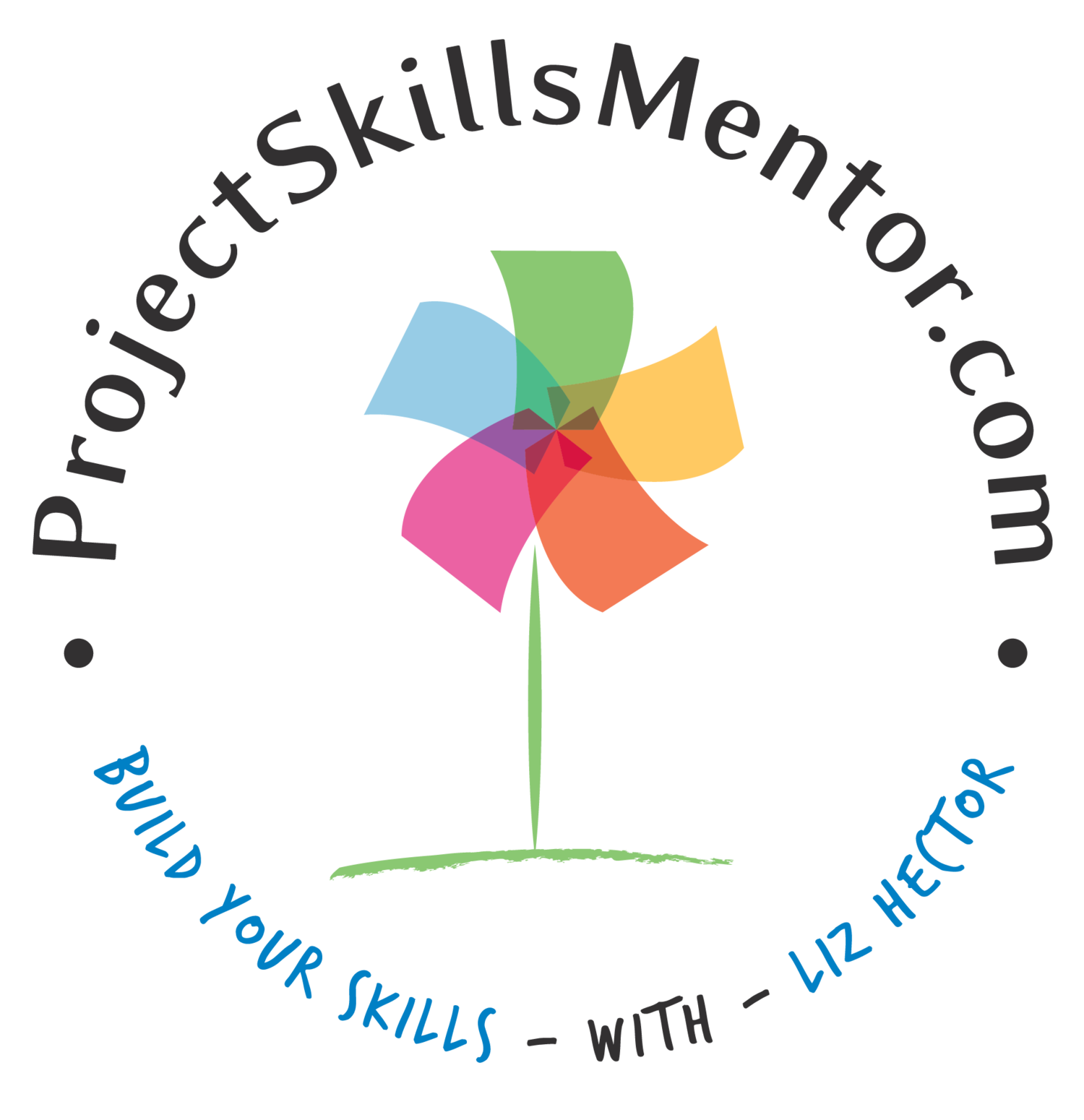Enhancing User Journeys: Leveraging AI and Human Collaboration
Integrating Artificial Intelligence (AI) with human expertise can revolutionize the user experience. AI can help teams streamline processes and enrich user experiences. User Journeys that are more personalized and efficient have a bigger impact. That is the name of the game when working to improve the customer experience or increase user adoption. What are the 5 ways that AI can accelerate the work and optimize the outcomes?
AI + Humans = Better UX
1. Data-driven User Identification
2. AI Powered Ideation
3. AI-created Journey Mapping
4. Market value testing with AI
5. Workflow Automation
Using the right tools, teams can build and implement journey maps faster. But first, we need to understand some fundamentals. With this knowledge, teams can understand the power and the limitations of current AI tools and can augment their team's capabilities.
By embracing AI, teams can create more intuitive and responsive user experiences.
What is AI and How is It Used Today?
Before considering how AI can assist the User Journey process, it's crucial to understand what AI is and what tools it can offer. This understanding will make you more knowledgeable and prepared to leverage AI effectively.
AI is a broad field of technology that enables machines to perform tasks that typically require human intelligence, such as:
• Understanding language (Chatbots, voice assistants like Siri & Alexa)
• Recognizing patterns in data (User behavior analytics, fraud detection)
• Predicting user needs (Personalized recommendations, AI-powered search)
• Automating repetitive processes (Task automation, workflow optimization.
AI means many things depending on the context and user. Understanding which AI to use is key to the quality of the outcomes.
AI + Human: The Key to Better User Journeys
Integrating AI and human expertise is revolutionizing user journey design and optimization. While AI brings efficiency, automation, and deep analytics, human insight ensures creativity, empathy, and ethical decision-making. The most effective user journeys leverage a collaborative approach, where AI enhances human capabilities rather than replacing them.
A key framework for this collaboration is the 8 Fusion Skills model, which highlights how humans can adapt and collaborate with AI in meaningful ways. These include:
✅ AI-Augmentation Skills: Using AI to automate tasks, free up time, and enhance decision-making.
✅ AI-Adaptation Skills: Learning how to integrate AI responsibly, ensuring fairness and transparency.
This diagram shows each of the strengths of humans vs artificial intelligence and how the power of combining both improves outcomes.
When applied to User Journey Mapping, this means:
AI helps analyze vast user data, detecting pain points and opportunities
Humans refine AI-generated insights, ensuring empathy and strategic vision
AI automates testing and personalization, allowing teams to iterate and optimize faster
Bridging AI and UX Design for Smarter User Journeys
AI tools analyze customer behavior in real-time
AI-generated designs allow rapid iteration for prototyping and testing
AI adapts content and UI elements based on user interactions.
AI-powered chatbots & Assistants enhance user support & navigation
By strategically integrating AI, teams can create faster, more personalized, and user-centric experiences, transforming how businesses interact with customers.
The 8 Fusion Skills Models how humans can leverage machine capabilities and learn to improve their approach to work to leverage the capabilities of AI. This model is based on Human+Machine by Paul Daugherty and Jim Wilson.
5 AI-driven strategies to optimize User Journey Mapping
What is AI's role in user journey optimization? AI's ability to process vast amounts of data in real time offers unparalleled insights into user behaviors and preferences. Analyzing patterns enables AI to predict user needs, allowing businesses to proactively tailor their services. While AI brings efficiency, human intuition and creativity remain irreplaceable. Collaboration between AI and human teams leads to the best possible outcomes with tested and sustainable models. Giving businesses the data to support their decisions.
Data-Driven User Identification: Define the Business & User Need
AI enables data-driven empathy by identifying pain points based on real user behavior analytics. Utilizing AI to gather and analyze user data informs design decisions, ensuring they align with user needs.
📌How AI Helps:
AI tools like Google Analytics and Hotjar AI track user interactions and identify areas of friction. Find out why your online customers are bouncing from your website with AI-managed user feedback.
AI-powered sentiment analysis, such as IBM's Watson NLP, extracts customer emotions from reviews, chats, and feedback.
📊Outcome:
A well-defined business problem aligned with user needs.
🔗 Tools to Try:
Hotjar AI for behavior tracking
Google Analytics for marketing
AI-Powered Ideation: Persona & Process Mapping
AI helps teams build data-driven user personas and map ideal user flows based on behavioral insights. By analyzing vast datasets, AI can segment users based on their preferences, behaviors, and engagement patterns, ensuring real-world data rather than making assumptions about users.
📌 How AI Helps:
UXPressia AI generates personas from real customer segments. Adobe Sensei predicts how different personas interact with products.
📊 Outcome:
A structured process model that aligns user needs with business objectives. A library of users and use cases that you can reference again and again.
🔗 Tools to Try:
Rapid Prototyping: Optimize for Best Outcomes
AI accelerates the creation of user journey prototyping. Testing multiple variations before finalizing. AI tools can quickly generate design options, allowing teams to iterate and refine concepts efficiently.
📌 How AI Helps:
AI evaluates UX layouts and heatmaps for better navigation. Figma AI generates smart design recommendations based on past user behavior.
📊 Outcome:
A prototype that predicts the most effective user experience path before you move into implementation can save time and money.
🔗 Tools to Try:
Journey Simulation: AI Testing & Market Validation
Once the prototype is built, AI validates the journey by simulating user interactions and analyzing live market feedback. Instead of waiting for weeks of manual analysis, AI-powered platforms instantly determine which user journey variations perform best.
📌 How AI Helps:
Optimizely A/B Testing AI automatically tests multiple journey versions. SEMrush AI-driven market analysis refines the journey based on competitive insights.
📊 Outcome:
AI use of A/B Testing refines prototypes for better engagement and conversion rates.
🔗 Tools to Try:
SEMrush AI AI-driven market analysis
IBM predictive AI market analysis
AI-Powered Process: Workflow Automation & Implementation
After validation, AI automates the workflow, ensuring seamless execution across all touchpoints. AI ensures that each user journey is executed consistently, reducing human error and maintaining a high-quality user experience across platforms.
📌 How AI Helps:
Zapier AI automates marketing, CRM, and onboarding tasks. HubSpot AI aligns sales and support and builds the workflows to run your user experience.
📊 Outcome:
An efficient, data-backed user journey implemented with minimal manual effort.
🔗 Tools to Try:
Project Managers and their UI/UX teams can use these five approaches throughout the design thinking process.
By integrating AI at every stage of user journey creation, businesses can ensure faster, smarter, and more user-centric experiences. AI doesn't replace human creativity—it enhances decision-making by providing real-time insights, predictive analytics, and automation.
This collaborative model not only optimizes processes but also elevates the quality of user experiences. As we navigate the digital age, embracing this synergy will be key to staying ahead and delivering user value.
If you are new to User Journeys, learn the step-by-step process of user journey creation.





